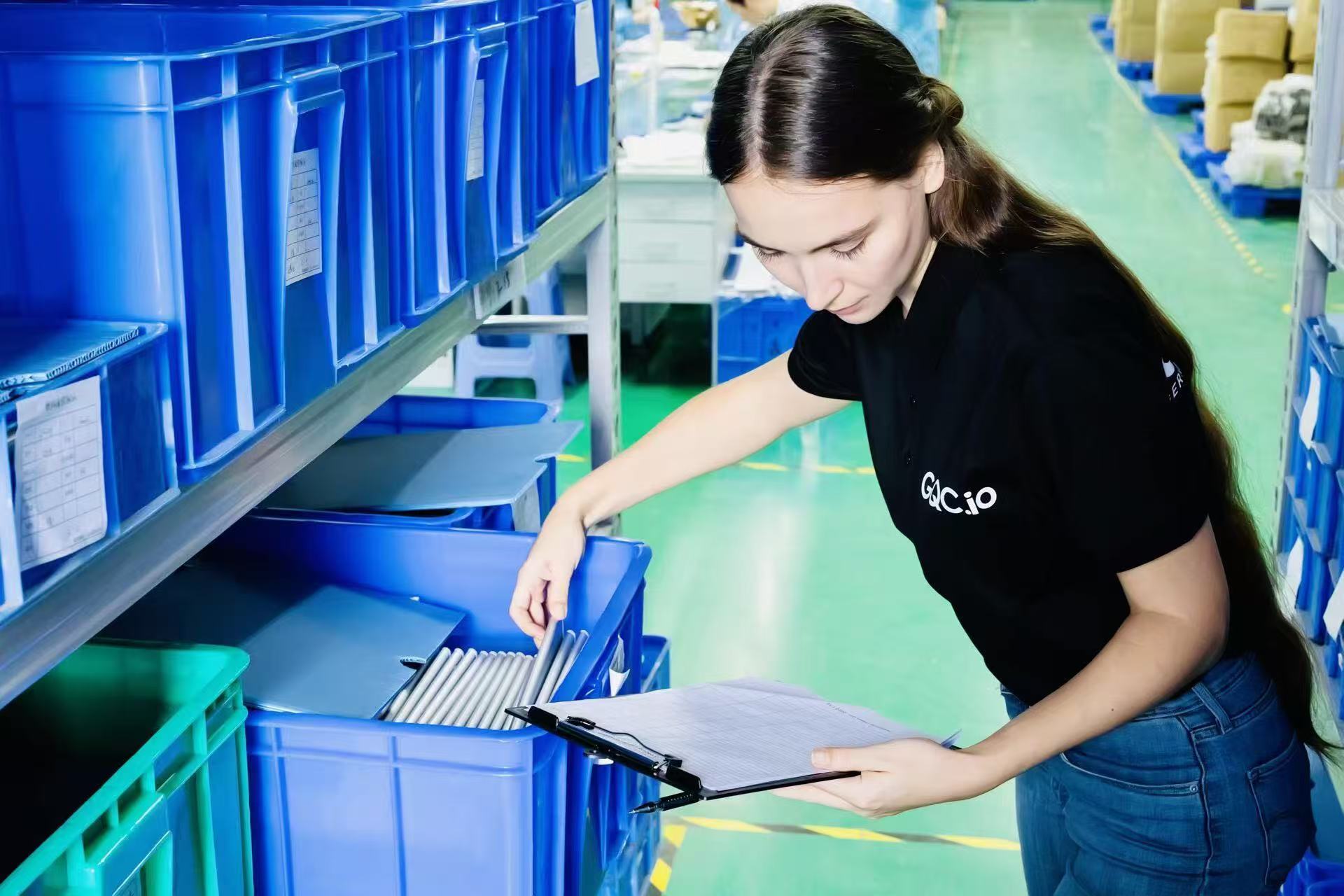In the world of baby toys, ensuring safety is not just a legal requirement but a moral responsibility. Recent incidents of product recalls highlight the need for quality control measures in the manufacturing process. This article explores the common problems faced by various baby toys brands and sellers and the different consequences, essential tests for maintaining product integrity.
Common Risks in Baby Toys.
Choking Hazards: Small parts or detachable components that can become lodged in a child's throat, posing a significant risk of choking.
Toxic Materials: Presence of harmful substances such as lead, phthalates, or other toxic chemicals in the materials used for the toys, which can adversely affect a child's health.
Sharp Edges and Points: Poorly designed or manufactured toys with sharp edges or points that can cause cuts or injuries during play.
Mechanical Malfunctions: Defective mechanisms or components that may fail during use, leading to injuries or accidents.
Consequences for the End Consumer:
Physical Harm: Injuries ranging from minor cuts to more severe issues like choking, poisoning, or even long-term health problems due to exposure to toxic materials.
Emotional Distress: Both children and their caregivers may experience emotional trauma as a result of incidents involving toy-related injuries, leading to anxiety and fear associated with playtime.
Financial Burden: Families may face unexpected medical expenses, therapy costs, or other financial burdens related to treating injuries caused by unsafe toys.
Loss of Trust: Consumers lose trust in the brand, resulting in reluctance to purchase products from the company in the future and potential negative word-of-mouth, impacting the brand's reputation.
Consequences for the Company:
Product Recalls: The need for costly product recalls, which involves not only the expense of reclaiming and disposing of products but also the potential loss of revenue.
Legal Repercussions: Lawsuits and legal actions from affected consumers, leading to hefty fines, settlements, and a damaged corporate image.
Brand Reputation Damage: Negative publicity and a tarnished brand image that can take years to rebuild, impacting customer loyalty and overall market standing.
Market Exclusion: Regulatory penalties and market exclusion due to failure to meet safety standards, limiting the company's ability to sell products.
Tests for Quality Control in Baby Toys:
Materials Testing: Analyzing materials for toxic substances like lead, phthalates, and other harmful chemicals to ensure compliance with safety standards.
Choking Hazard Assessment: Evaluating toy components for small parts or detachable elements that could pose a choking risk, especially for young children.
Functionality Testing: Ensuring that interactive features, buttons, zippers, and other moving parts work as intended, preventing malfunctions during use.
Durability Testing: Assessing the structural integrity of toys to verify they can withstand regular use without breakage or potential harm.
Flammability Testing: Checking the toy's resistance to fire, crucial for products that may encounter heat sources during use.
Age Grading Verification: Confirming that the toy's design and features align with the recommended age group, preventing inappropriate use by younger children.
Labeling Compliance: Verifying that packaging and labels provide accurate information, including safety instructions, age recommendations, and proper usage guidelines.
By conducting these comprehensive tests alongside a reputable quality control company, brands and Amazon FBA sellers can ensure the safety and integrity of their baby toys, minimizing risks and building trust with consumers.
For more information on ensuring the quality and safety of your baby toys, visit www.gqc.io





